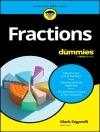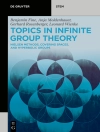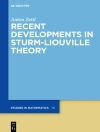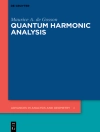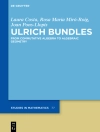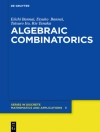This book focuses on the theoretical side of temporal network research and gives an overview of the state of the art in the field. Curated by two pioneers in the field who have helped to shape it, the book contains contributions from many leading researchers. Temporal networks fill the border area between network science and time-series analysis and are relevant for epidemic modeling, optimization of transportation and logistics, as well as understanding biological phenomena.
Over the past 20 years, network theory has proven to be one of the most powerful tools for studying and analyzing complex systems. Temporal network theory is perhaps the most recent significant development in the field in recent years, with direct applications to many of the “big data” sets. This book appeals to students, researchers, and professionals interested in theory and temporal networks—a field that has grown tremendously over the last decade.
This second edition of Temporal Network Theory extends the first with three chapters highlighting recent developments in the interface with machine learning.
Зміст
Chapter 1. A map of approaches to temporal networks.- Chapter 2. Fundamental structures in temporal communication networks.- Chapter 3. Weighted, bipartite, or directed stream graphs for the modeling of temporal networks.- Chapter 4. Modelling temporal networks with Markov chains, community structures and change points.- Chapter 5. Visualisation of structure and processes on temporal networks.- Chapter 6. Weighted temporal event graphs and temporal-network connectivity.- Chapter 7. Exploring concurrency and reachability in the presence of high temporal resolution.- Chapter 8. Metrics for temporal text networks.- Chapter 9. Bursty time series analysis for temporal networks.- Chapter 10. Challenges in community discovery on temporal networks.- Chapter 11. Information diffusion backbone: From the union of shortest paths to the union of fastest path trees.- Chapter 12. Continuous-time random walks and temporal networks.- Chapter 13. Spreading of infection on temporal networks: An edge-centered perspective.- Chapter 14. The effect of concurrency on epidemic threshold in time-varying networks.- Chapter 15. Dynamics and control of stochastically switching networks: beyond fast switching.- Chapter 16. The effects of local and global link creation mechanisms on contagion processes unfolding on time-varying networks.- Chapter 17. Supracentrality analysis of temporal networks with directed interlayer coupling.- Chapter 18. Approximation methods for influence maximization in temporal networks.- Chapter 19. Temporal link prediction methods based on behavioral synchrony.- Chapter 20. A systematic derivation and illustration of temporal pair-based models.- Chapter 21. Modularity-based selection of the number of slices in temporal network clustering.
Про автора
Petter Holme is a professor of network science at the Department of Computer Science, Aalto University, Finland. His research interests cover many aspects of network science—from data science to theory. He has about 200 scientific publications, including about 30 on temporal networks.
Jari Saramäki is a professor of computational science at Aalto University, Finland. His research focuses on complex systems and networks, with applications ranging from computational social science to network neuroscience and biomedicine.


